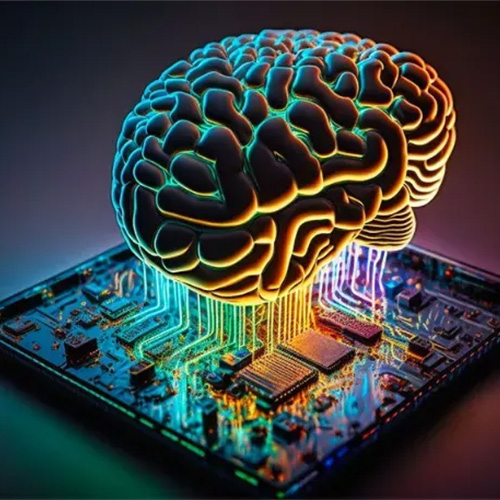The Rising Threat to Aadhaar's Biometric Security and the Need for Strong Data Protection under DPDP
2025-11-20
The launch of UIDAI’s SITAA initiative comes at a defining moment for India’s digital identity ecosystem because the Digital Personal Data Protection Act is transforming the way Personal Identifiable Information and SPII that is Sensitive Personally Identifiable Information must be collected, processed, stored and protected. SITAA focuses on strengthening Aadhaar authentication against deepfakes, spoofing attacks and biometric fraud using advanced artificial intelligence based innovation, but it also increases the handling of highly sensitive biometric and demographic data across a wide network of startups, researchers, technology innovators and industry partners. With Aadhaar acting as the central foundation of India’s digital identification framework, any system that interacts with it will inevitably come in contact with extremely sensitive SPII that is Sensitive Personally Identifiable Information such as fingerprints, facial recognition templates, iris scans, demographic details and device related metadata. The Digital Personal Data Protection Act treats SPII as the highest risk category of data because biometric identifiers cannot be changed if they are exposed. Any leakage can create a lifelong vulnerability for the affected person.
As SITAA expands collaboration across multiple institutions, it also increases the number of possible failure points such as unsecured development environments, incorrectly configured cloud storage, insecure application programming interfaces, incomplete anonymization, accidental storage of biometric samples in logs, and advanced artificial intelligence threats like model inversion where a machine learning model is reversed to reveal sensitive biometric details used during training. An even more serious global threat known as harvest now decrypt later is becoming increasingly relevant. In this threat scenario attackers steal encrypted biometric or demographic data today and store it for the long term because future breakthroughs such as quantum computing may allow them to break the encryption that protects the data. This means that Aadhaar linked SPII collected or exposed during SITAA research activities could be decrypted years or even decades from now, allowing attackers to perform identity theft, bypass biometric authentication, create synthetic identities, execute large financial frauds, or conduct highly accurate surveillance profiling long after the original breach.

The Digital Personal Data Protection Act puts strict responsibilities on any organization involved in SITAA. Consent must be free, informed, specific and voluntary, and people must clearly understand how their data will be used. The law requires purpose limitation which means the data cannot be used for anything other than the purpose for which it was collected. Data minimization demands that only the least amount of biometric or demographic information necessary be collected. Strong security controls must be applied including advanced encryption, zero trust access models, strict role based permissions, continuous system monitoring, detailed audit trails, frequent cyber security assessments and well defined incident response systems. The Act also requires that sensitive data be stored only for as long as it is required and then deleted securely so that unused biometric information does not accumulate and become a future target for harvest now decrypt later attacks.
If protections fail, the consequences are severe. Attackers may generate extremely realistic deepfake faces to fool facial recognition systems, reconstruct fingerprints for use in fraudulent authentication, impersonate people across Aadhaar enabled services, create synthetic identities that bypass Aadhaar verification, or combine leaked demographic data with other compromised datasets to perform targeted surveillance, social manipulation or fraud at scale. Because SPII such as biometrics cannot be changed, any breach creates a permanent vulnerability for the person whose data is stolen. The harvest now decrypt later threat makes this even worse because stolen encrypted biometric data may be cracked in the future when new computing capabilities emerge.
Aadhaar plays a central role in welfare distribution, digital payments, financial inclusion, telecom access, government service delivery and national security. Therefore the security of biometric authentication is directly connected to the stability of India’s digital governance. SITAA may accelerate technological progress and promote indigenous innovation, but such innovation must always remain aligned with the legal and ethical protections required by the Digital Personal Data Protection Act. Every organization involved must follow privacy by design and security by design principles from the earliest stages of development. The Act is not just a compliance rule but a protective framework that shields more than one billion Indians from the lifelong impact of biometric data exposure.
As India works to build advanced identity verification systems for the future, the protection of PII and SPII that is Sensitive Personally Identifiable Information including protection against harvest now decrypt later threats must remain the strongest foundation. Without rigorous data security and uncompromising public trust, even the most advanced biometric technology cannot ensure the safety, credibility or long term reliability of the nation’s digital identity architecture.
See What’s Next in Tech With the Fast Forward Newsletter
Tweets From @varindiamag
Nothing to see here - yet
When they Tweet, their Tweets will show up here.





























